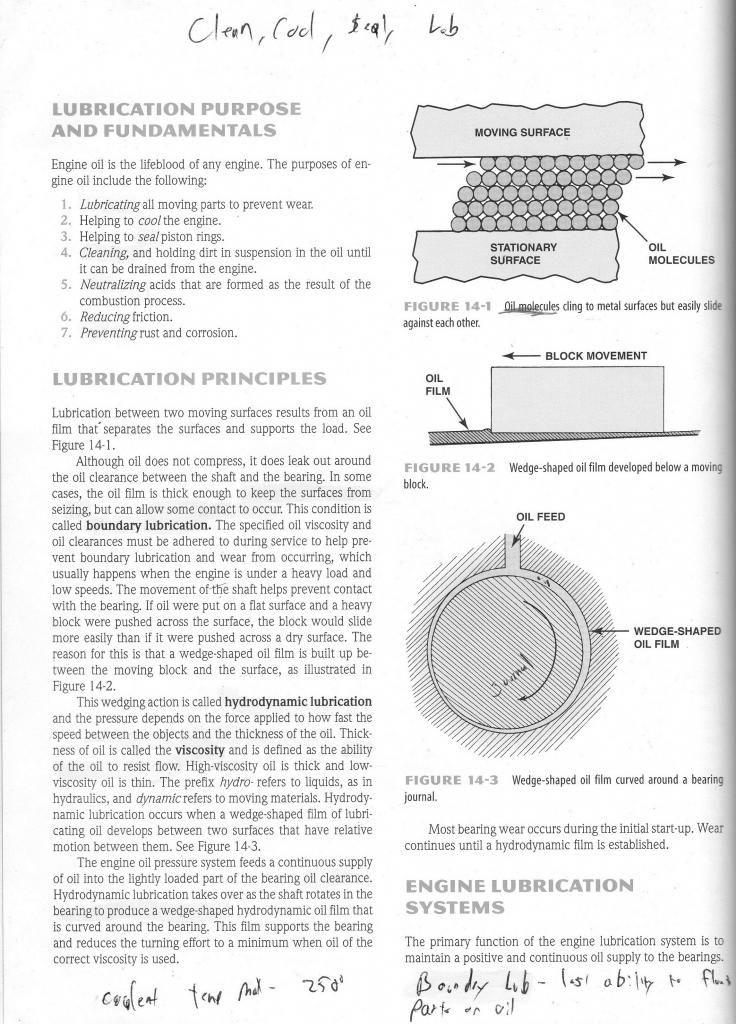I just want to clarify one point and that is under the 'why is 10W30 recommended instead of 10W40'. Mineral oils (group I and II) rely on VIs to be multigrade, and the more VIs the greater the potential for the oil to 'shear' under load and wear. Synthetic oil, especially groups IV and V are formulated multi grade so they tend not to shear as much. Synthetic oil may still have VIs, but not as great a quantity as mineral oil.
In hotter climates like Australia, Hyundai's recommendation of 5W30 is really too thin and there is the potential that the oil film on heavily laden bearings (crankshaft, big-end) may break down. The factory fill of 5W30 in my turbo was so thin that when I checked the oil level about an hour after a drive home from work on a 25 degree C day, the oil dribbled off the dipstick like water. That's after the car had sat for an hour after a fairly gentle commute on a not too hot day! So I run Hyundai's alternate specification of 5W40 and I don't have that problem anymore. Because it is Motul grade IV synthetic, this oil doesn't need large quantities of VIs. I will do a used oil analysis to confirm the in service viscosity and the amount of shear.
For my air cooled motorcycle we run 15W50 synthetic, the 50 because the air-cooled engine runs hot and the 15 so we don't have excessive quantites of VIs to shear. So ride gently until the engine warms up, because that oil is thick when cold.
I hope this clarifies things. For most drivers in the US which is more of a cold place, 5W30 ought to be fine. For drivers in hotter places, 5W30 may be marginal. Unfortunately Hyundai's recommended ACEA A5 isn't available in anything other than 5W30 or 0W30, so I run ACEA A3 spec oil instead.











